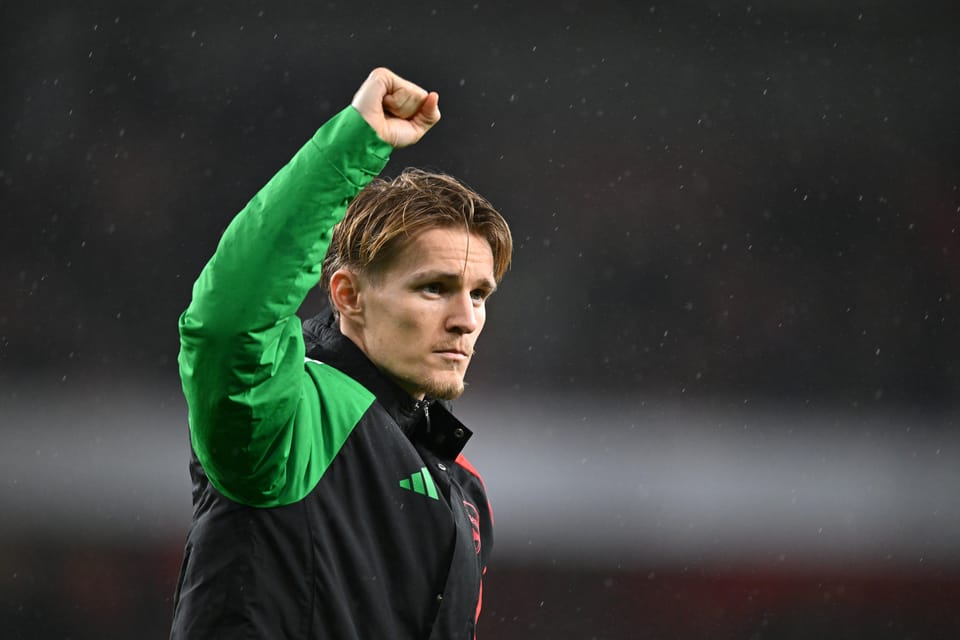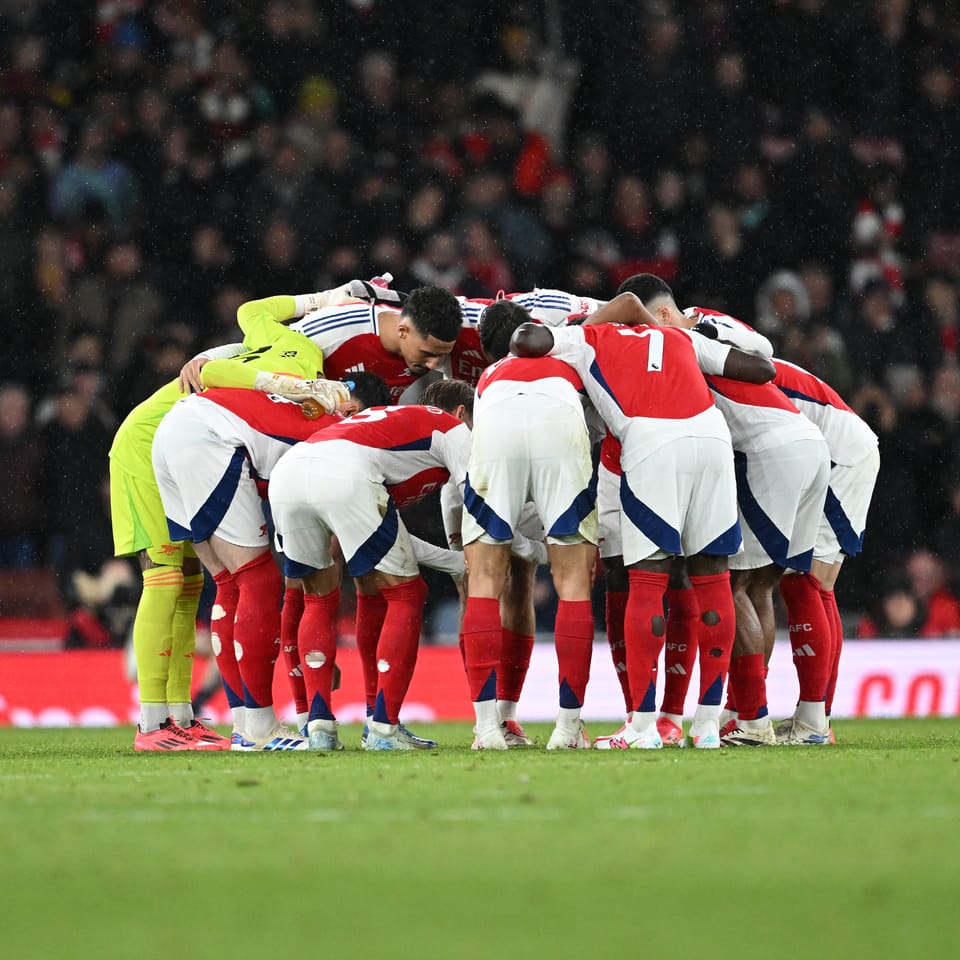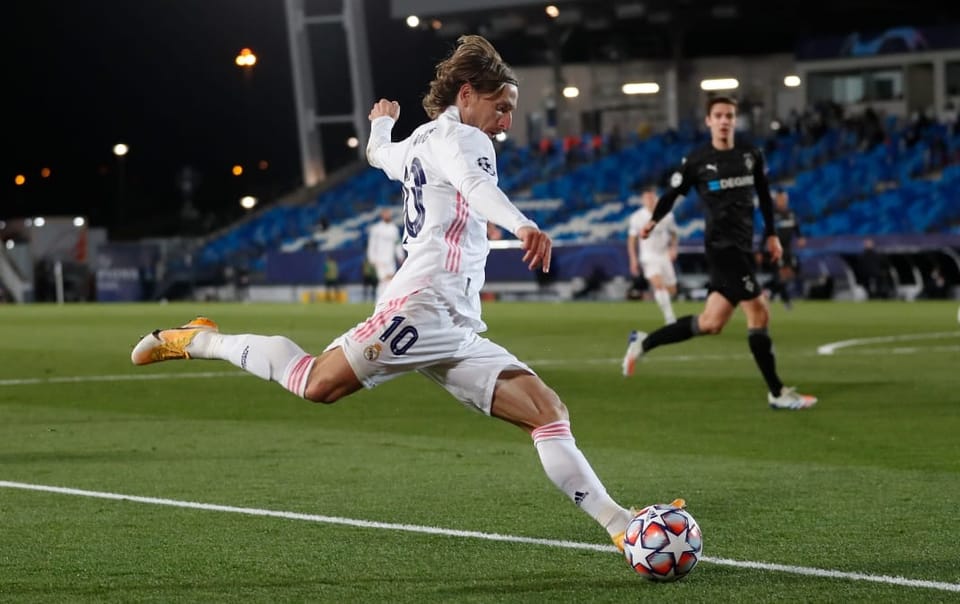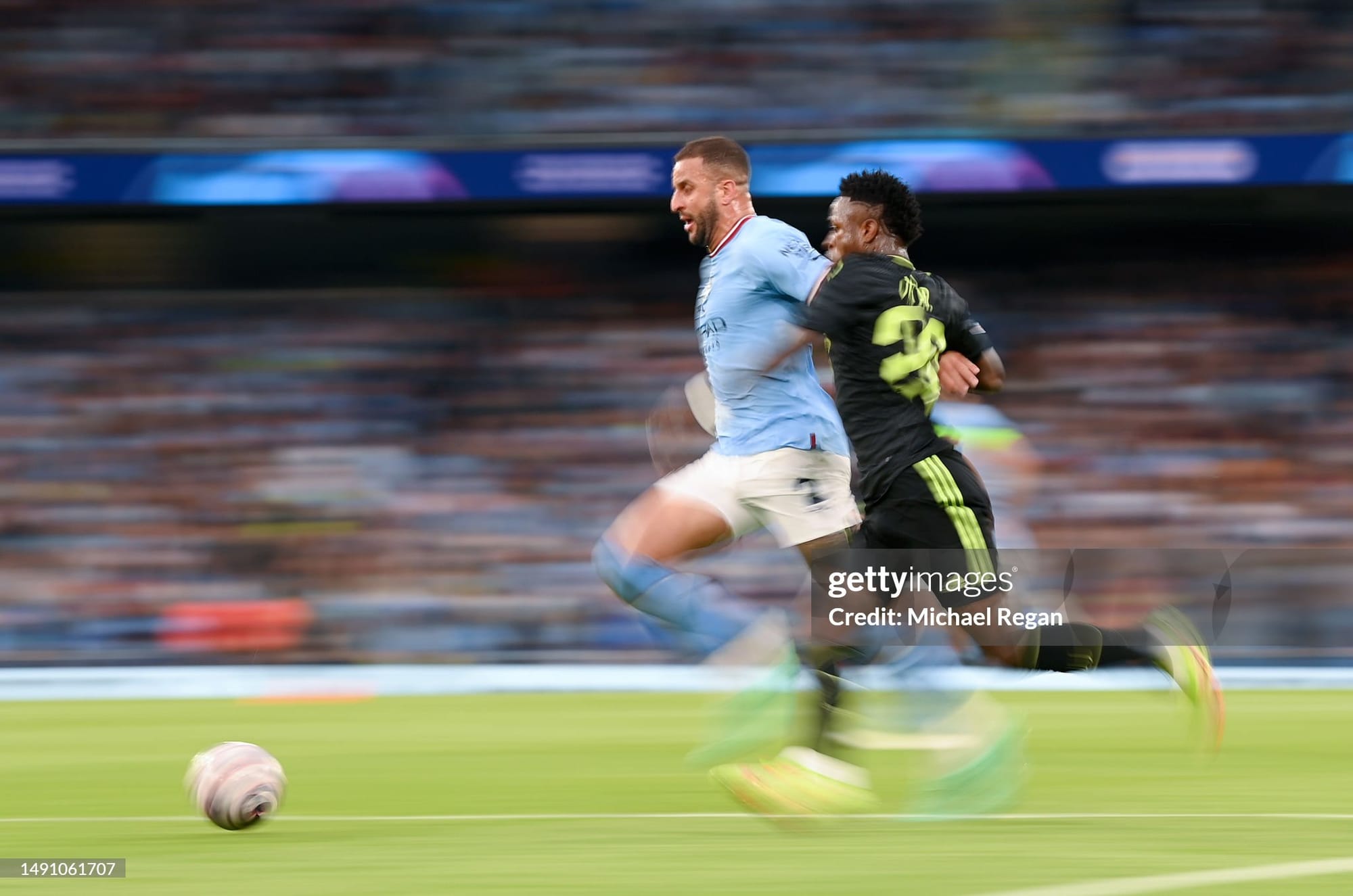On 2nd-Balls & United's Case for Casemiro
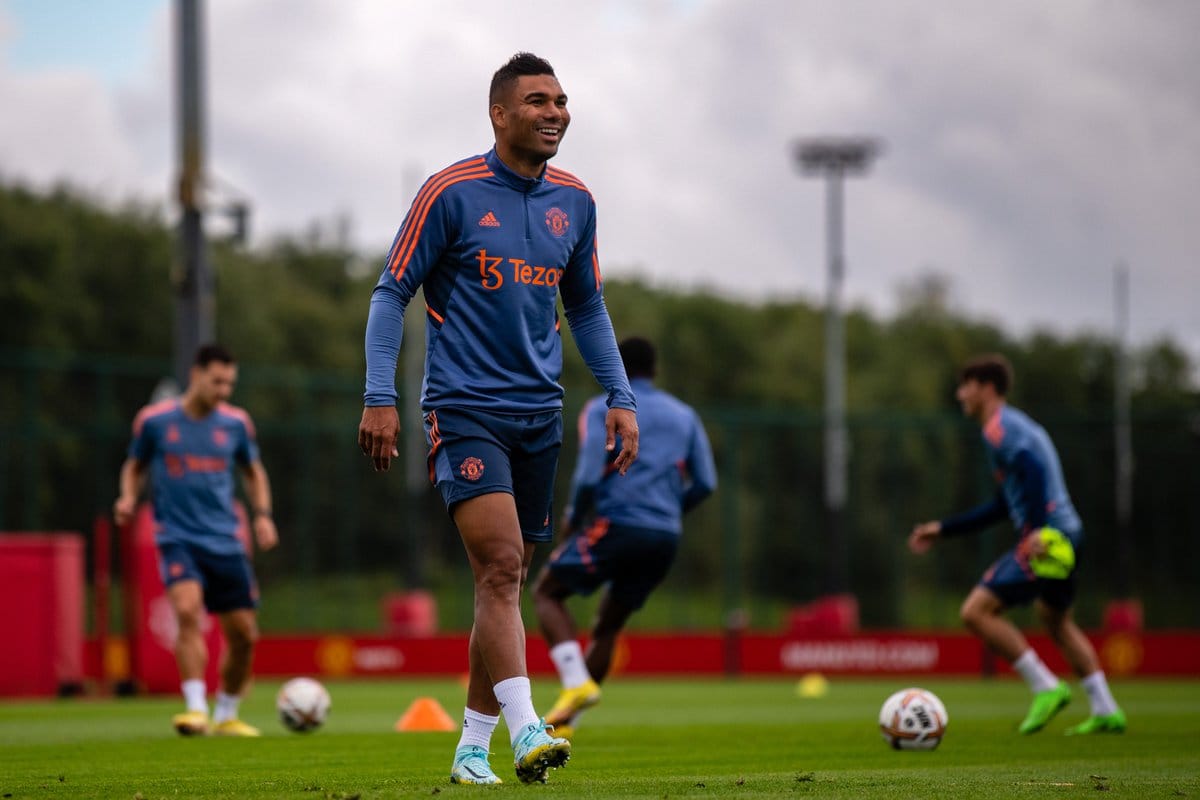
In their first two games of the Premier League season, Manchester United faced sides who deliberately went long.
Here are the numbers vs Brentford:
Here are the numbers vs Brighton:
Pass Directness = progressive distance/total distance for all pass attempts
After United lost those two matches, conversations sparked about Lisandro Martinez’s ability in aerial situations–some of which I admittedly fuelled in my previous piece about the discrepancies of the Aerial Duel stat. However, as Ralph Hassenhutle alluded to when asked if his side would target the Argentine’s height, it is not that simple.
“It’s not that easy to say ‘he’s small so bring the ball there’ and ‘he’s a little taller so don’t kick it there’, it’s not that simple. We will not be so stupid to think that is going our way.” -Ralph Hassenhutle [via MEN]
Brentford and Brighton did direct their balls towards the left handside but despite the consensus being that it was simply to target the new centre-back, there is a strong argument that it was also to target structural deficiencies in how United deal with second balls and other second-order effects. These ‘consequentials’ are going to be the focus on this piece today.
The Art of a Long Ball (as it pertains to Manchester United)
In Evert van Zoelen’s article for Spielverlagerung, ‘The Art of a Long Ball,’ he broke down long balls into three categories:
- From dead balls-These arise from goal-kicks and free-kicks in one’s half

Both teams are able to set up in their shapes in anticipation of the long ball
2. From chosen balls-These are situations where a player deliberately ‘choses’ to play a long ball while the ball is in play despite them having time and space on the ball.

Unlike deadballs, the teams are usually vertically stretched across the pitch so the players have to work with a lot more space.
3. From forced balls-These are situations where a player is pressed into playing a long ball (or clearance).
Note: the second and the third can be indistinguishable at times because some teams intend to attract pressure before playing it long to take advantage of the opponent’s lack of numbers and compactness (loosened midfield).
Generally, long balls allow a team to quickly progress the ball to the opposition’s half, challenge for second balls, sustain pressure on the opponent’s backline, and offer a threat behind the backline.
As I mentioned earlier, while team’s have been targeting Lisandro’s axis of the defence, there have been other elements that have resulted in United’s overall poor performances–particularly how we set up and deal with second balls both tactically and in terms of personnel.
Against Brentford, Erik Ten Hag deployed Eriksen as one of the deeper midfielders out of possession. The Dane is not the most accomplished in the air and largely did not contest in aerial situations, so it essentially created a chain reaction of problematic rotations when United defended the long balls.
In the seventh minute of the Brentford game, we saw the first instance of this.

Despite it being evident that Brentford were aiming their long ball to the left hand side of United’s defence, they still managed to create numerical superiorities in United’s defensive third with the aid of deep runs. That untracked run by Hickey into United’s half became Brentford’s go-to throughout the entire game.
Here is another similar situation that occurred in the 20th minute of the game. This time resulting in a decent possession for Brentford.

By circumstance, seeing as Eriksen is not contesting the first aerial with Toney, Shaw steps out of the backline to challenge. As soon as he does, Hickey and Mbuemo make runs towards the space vacated to anticipate and challenge for the flick on from Toney. Rashford is ball-watching and does not notice Hickey’s run behind him.

Lisandro actually wins contested aerial ball but doesn’t get much distance on it and Hickey latches onto the ball before mis-controlling it for a United throw in. Brentford may not have directly won possession from the long ball, but they now have territory and the opportunity to ‘sustain pressure in United’s half’ and increase their pressing chances.

And again in the 23rd minute. Similar dynamics that ended up with Lisandro facing yet another 2v1.

Brentford were not simply targeting Lisandro Martinez with long balls, but were extremely successful in creating isolations and superiorities against him in the second ball situations. United were unable to de-pressurize those situations all through the game and kept on breaking momentum to handle it. In that manner, while Brentford’s approach did not directly lead to any goal, it helped Brentford retain control and territory over United each time they launched any long ball.
United seemingly had no answers to these situations. Why’s that?
On defending dead balls, Evert van Zoelen writes, “In order to defend long balls, in which you’re able to win the ball in a controlled way, it’s essential that you win the second ball and that the second balls ends up at a ‘free player’.”
When teams set up in their pre-determined shape to defend long balls, the free players are almost always forwards (usually in a nominally higher position closer to the opponents rest-defence set up) or goalkeepers (who’s deeper and with time to pick out a better pass or send a directed long ball to the opponent’s backline to give their team a chance to press).
See how Manchester City use their goalkeeper to diffuse second ball situations in the clip below.

One key thing to notice here is that is Rodri, City’s holding midfielder who challenges for the initial goal kick, while the rest of the backline cover. City, like many other teams with aerially dominant DMs, set up zonally such that as long as the ball is hit into that area, Rodri is the one responsible. The rest of the backline (still intact) can drop off and prepare for a flick on or to engage should he lose the challenge.
The other key thing is that once the ball is flicked on, Ake instinctively looks to get the ball to his goalkeeper, who has more time and space, and is assured on the ball to help reignite the move or diffuse the second ball. As soon as that happens, City’s two centerbacks split to offer Ederson the former option.
Simply put, United have not had either of those privileges (in terms of personnel, and consequently tactically).
Compare the City example above to how United handle their own second ball situation in the clip below.

Despite De Gea being free throughout the entire sequence, the neither Lisandro nor Shaw even consider sending a backpass to him. It’s not appropriate to offer broad claims without evidence, but De Gea generally struggles with his feet (personnel issue). Consequently, the United players, despite being under pressure, have not shown an inclination to use him (as a free-player) to diffuse second-ball situations when the team is under-pressure (tactical consequence).
That’s the goalkeeper. What about the forwards who can also offer serve as the free-players (or outlets)?
This is how United set up to defend the goal-kick from Brentford.

One of the flaws with this set up is that United effectively have no-presence (threat in behind or target-man) up front. The one player they have against or close to Brentford’s rest-defence is completely crowded out and will likely be unable to compete for any second ball in that direction. Brentford also have no worries about a wide out-ball to contend with.
Now compare this to United’s set-up in the match vs Brighton.

Here, United have three forwards in the coverage of Brighton’s 3-2 rest defence. Because of this, if the second ball comes back in that direction, United are able to compete and apply immediate pressure to the backline. For what it’s worth, Fred is zonally marking space in the middle but actually misses the the aerial challenge resulting in this aerial contest between Welbeck and Lisandro.

Moving Forward: Casemiro
When a team has an athletic holding midfielder who can reliably compete for the first ball, they are able to free options both in front of and behind who will be able to challenge and compress space for the second ball.
When you have one of your centre-backs challenging for that first ball, you lose cover for “behind” for the second ball and a flick-on will become more a viable option for the opponent. Nevertheless, teams with aerially dominant centre backs (who can get consistently get distance on their first-ball) and sweeper-keepers, like Liverpool, can afford to set up this way–in order to commit more players to the subsequent pressure on the second ball.
United now have Casemiro in the ranks. In short, his inclusion in the side will mean that United can afford to better alter their pre-determined shape to defend long balls (see the Brighton and City example above). Luke Shaw is likely not have to vacate his defensive line and Lisandro’s will undoubtedly compete for less first-balls from long balls. It can only be a positive.
Nevertheless, no matter how much he improves those dynamics, some of United’s personnel deficiencies in other second and third-order effects will still remain but likely be less visible than they would have without the Brazilian midfielder.
These events are worth observing in the upcoming matches.
What Next?
If you enjoyed this, consider subscribing to BallerzBantz, following us on Twitter, and sharing this with someone.
Join us to stay ahead and contribute to this burgeoning community.
Who is the Writer?
Joel A. Adejola is an undergraduate at the University of Kansas (KU), studying Engineering and Philosophy.
